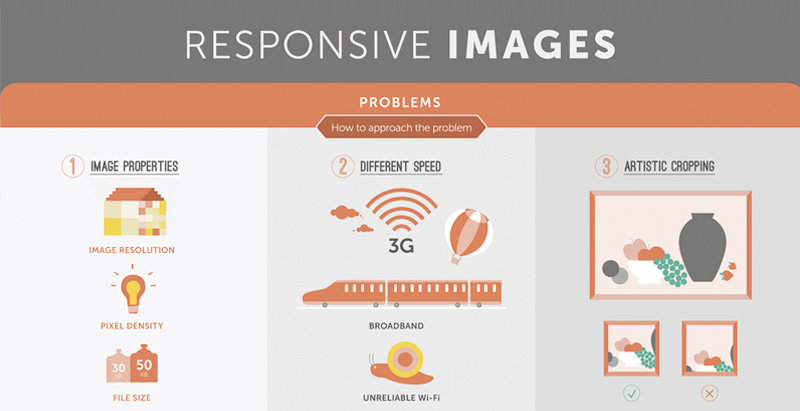The Advancement Of Website Style: From Earlier Times To Currently
The Advancement Of Website Style: From Earlier Times To Currently
Blog Article
Article Created By-Tobiasen Bojesen
In the past, websites were simple and focused on details. Navigation was straight, and layout was for desktop computers. Currently, https://www.searchenginewatch.com/2015/01/21/seo-advice-for-the-smb/ is vital. Information overviews styles for simple navigating. Receptive layouts fit various devices. Today, dark mode reduces pressure, and minimalist menus enhance navigation. Interactive features involve individuals, and strong visuals stick out. AI integration increases involvement. See how style has evolved to boost your on the internet trip.
Early Days of Web Design
In the early days of web design, simpleness reigned supreme. Web sites were basic, with limited shades, typefaces, and formats. The focus was on offering information rather than showy visuals. Customers accessed the net through sluggish dial-up connections, so rate and capability were vital.
Navigation food selections were straightforward, typically situated at the top or side of the page. Web sites were designed for home computer, as mobile browsing had not been yet prevalent. Content was king, and designers prioritized simple readability over intricate style components.
HTML was the key coding language used, and developers needed to work within its restrictions. Animations and interactive functions were marginal contrasted to today's standards. Sites were fixed, with little dynamic content or tailored customer experiences.
Increase of User-Focused Style
With the development of website layout, a shift towards user-focused layout concepts has become significantly prominent. Today, producing sites that prioritize customer experience is essential for involving visitors and achieving company goals. User-focused style involves understanding the requirements, preferences, and behaviors of your target audience to tailor the site's design, web content, and includes appropriately.
Developers now conduct comprehensive research study, such as customer studies and usability screening, to collect understandings and responses straight from customers. This data-driven method assists in creating intuitive navigation, clear calls-to-action, and aesthetically attractive interfaces that reverberate with site visitors. By putting the user at the center of the layout process, internet sites can supply a more personalized and pleasurable experience.
Responsive layout has additionally become a vital facet of user-focused design, making certain that web sites are maximized for different tools and screen dimensions. This flexibility enhances availability and usability, catering to the diverse methods individuals connect with internet sites today. In essence, the rise of user-focused layout symbolizes a shift in the direction of creating electronic experiences that prioritize the requirements and assumptions of completion individual.
Modern Trends in Website Design
Explore the most up to date patterns shaping web design today. One noticeable trend is dark setting style, offering a streamlined and contemporary look while decreasing eye strain in low-light settings. Another vital fad is minimal navigation, streamlining menus and enhancing individual experience by focusing on essential elements. Incorporating micro-interactions, such as animated switches or scrolling impacts, can produce an extra engaging and interactive website. Receptive style remains important, making sure seamless customer experiences throughout various gadgets. Additionally, utilizing strong typography and asymmetrical formats can add aesthetic interest and draw attention to details content.
Incorporating AI innovation, like chatbots for client assistance or tailored suggestions, enhances individual interaction and enhances procedures. Access has also come to be a considerable fad, with designers focusing on inclusive layout techniques to cater to diverse individual requirements. Welcoming sustainability by maximizing web site performance for rate and effectiveness is an additional arising pattern in website design. Collaborating with customer comments and data analytics to repeat and enhance design constantly is crucial for staying pertinent in the ever-evolving digital landscape. By accepting these contemporary fads, you can produce an aesthetically enticing, easy to use website that resonates with your audience.
Final thought
As you assess the development of web site layout from the very early days to now, you can see just how user-focused design has actually become the driving pressure behind modern patterns.
Accept the journey of adjustment and adjustment in web design, always maintaining the customer experience at the leading edge.
Tippingpointdigital
Stay current with the most recent fads and innovations, and never quit developing your method to produce aesthetically sensational and easy to use sites.
Progress, adjust, and develop - the future of website design is in your hands.
